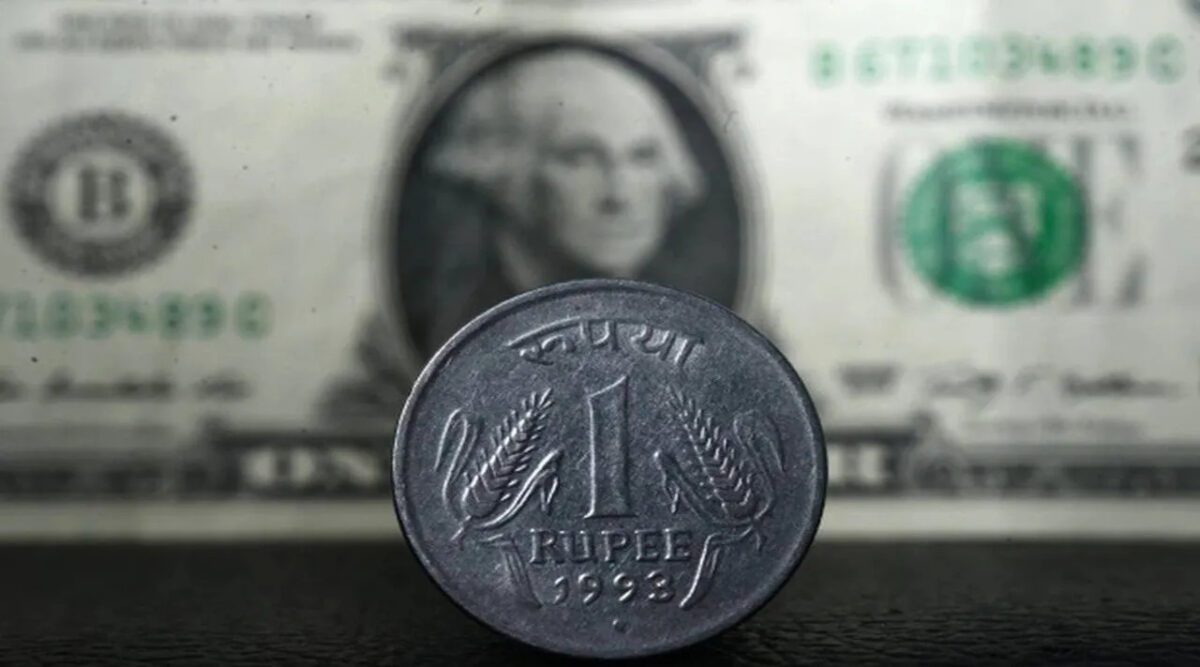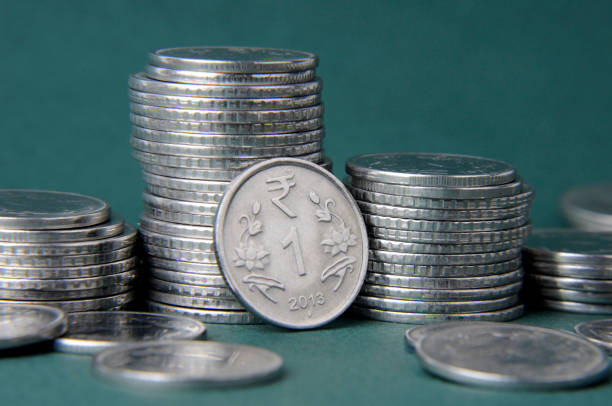In early trading on Monday, the Indian rupee lost 13 paise to 82.80 against the US dollar post the takeaway of 2,000 notes order.
When the Reserve Bank of India (RBI) announced that it would remove the highest value currency note from circulation. The native currency dropped 13 paise to 82.80 at the interbank foreign exchange from its previous level of 82.67 versus the dollar.
Market impact and dollar weakness
Traders are analyzing the potential effects of the RBI’s decision to stop printing the largest denomination currency note on liquidity. Analysts believe that the uncertainty surrounding the talks to increase the US debt ceiling and the possibility of default could harm the US economy and the mood of Indian stock markets. The markets might have benefited from Jerome Powell’s slightly less aggressive comments on interest rates on Monday, which caused the currency to weaken a little.

This move has raised concerns about liquidity and its potential impact on the Indian economy. Additionally, doubts surrounding the US debt-ceiling negotiations and the possibility of a default have contributed to market uncertainties.
Oil prices and domestic equity market
Brent crude futures rose by 0.87 percent, reaching USD 74.92 per barrel. The domestic equities market witnessed a positive performance as the 30-share BSE Sensex gained 254.67 points or 0.41 percent, closing at 61,984.35.

However, the larger NSE Nifty experienced a decline, losing 86.50 points or 0.48 percent, and settling at 18,289.90. Overall, the international oil benchmark saw an increase, while the Indian stock market displayed mixed results with the Sensex rising and the Nifty falling.
Foreign Institutional Investors and Forex reserves
According to exchange data, Foreign Institutional Investors (FIIs) sold shares worth 113.46 crore on Friday, making them net sellers in the capital markets. On the other hand, according to the RBI, India’s foreign exchange reserves increased significantly during the week ending May 12. The country’s foreign exchange reserves rose by USD 3.553 billion to USD 599.529 billion. This was the second week in a row that India’s foreign exchange reserves increased.
Significant inflows of foreign funds, according to forex traders, as well as crude oil prices below USD 75 per barrel, strengthened the local currency.

The dollar index, which measures the strength of the dollar against a basket of six different currencies, decreased 0.24 percent to 101.09. The Federal Reserve raised interest rates by 25 basis points, to 5.00–5.25%, in line with market expectations. Amit Pabari, MD of CR Forex Advisors, claims that the removal of the FOMC’s allusion to future interest rate increases from its statement, which alluded to a likely halt in June, had a substantial adverse effect on the DXY.
The local currency continues to trade higher as a result of widespread US dollar weakness and declining crude prices. To reduce volatility and increase its foreign reserves, however, the RBI persisted in collecting the extra dollars. According to Pabari, FII remained positive for May as India maintained its position as a leader among its peers, which is also reducing demand for dollars.
Despite these challenges, there are some factors that could provide support to the market. The marginal weakness of the dollar, influenced by comments on interest rates by Jerome Powell, could help stabilize the rupee to some extent. Furthermore, the rise in oil prices, with Brent crude futures experiencing an increase, indicates a positive trend for the energy sector. In the domestic equity market, the BSE Sensex has shown positive movement, while the NSE Nifty has experienced a decline. This indicates mixed sentiments among investors. Foreign Institutional Investors have been net sellers in the capital markets, but India’s forex reserves have witnessed significant growth for the second consecutive week, showcasing the country’s strong financial position.
Overall, the currency depreciation and various market factors highlight the importance of monitoring economic developments and global trends that can influence the Indian rupee’s performance. Investors and market participants will continue to assess these factors and their potential implications for the Indian economy in the coming days and weeks.













